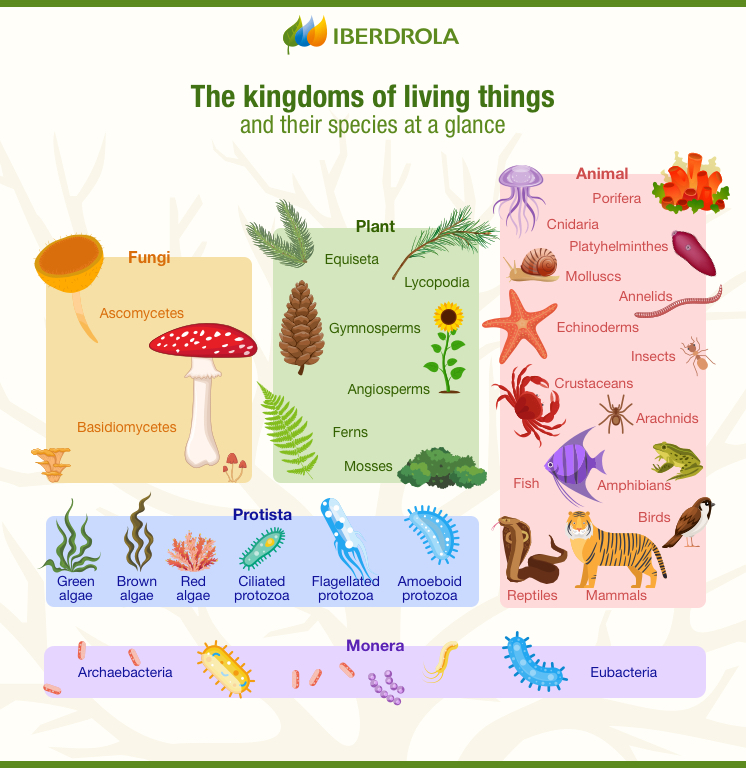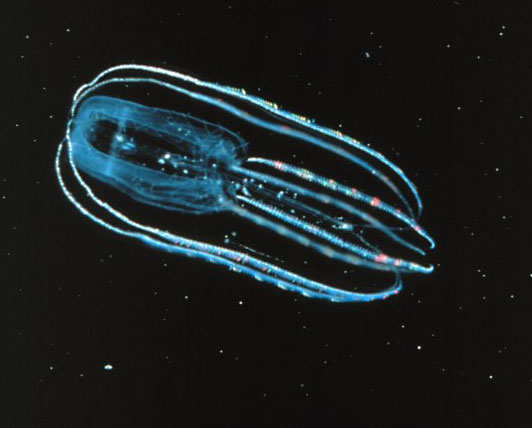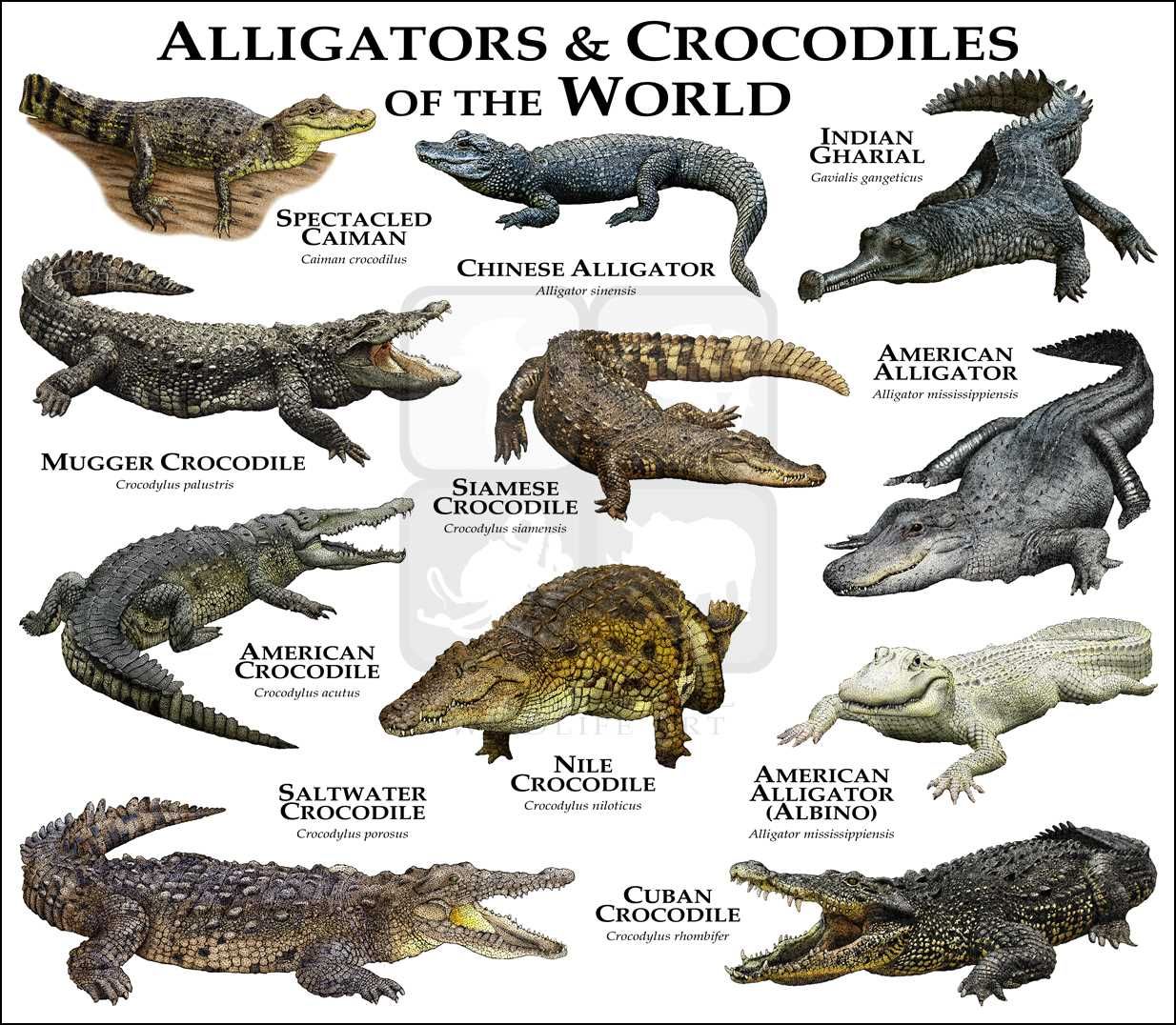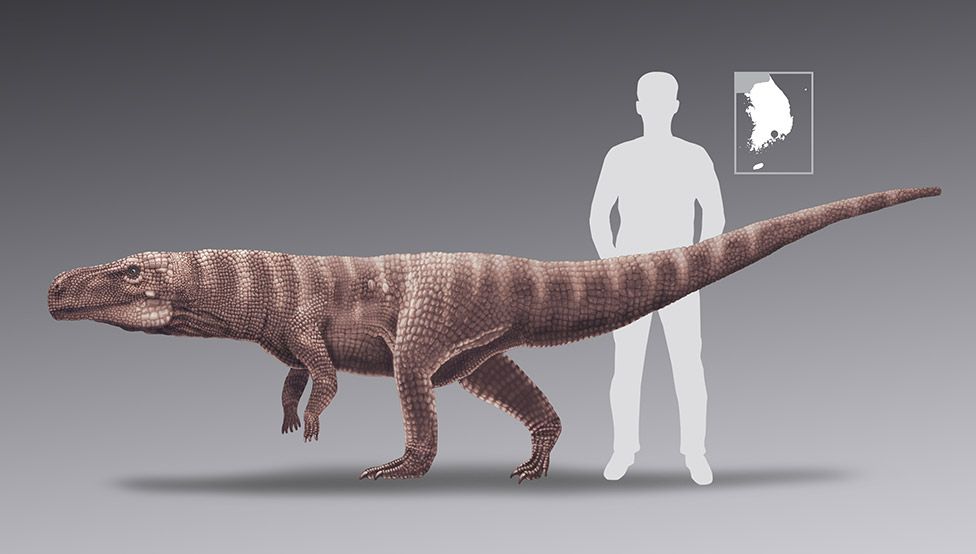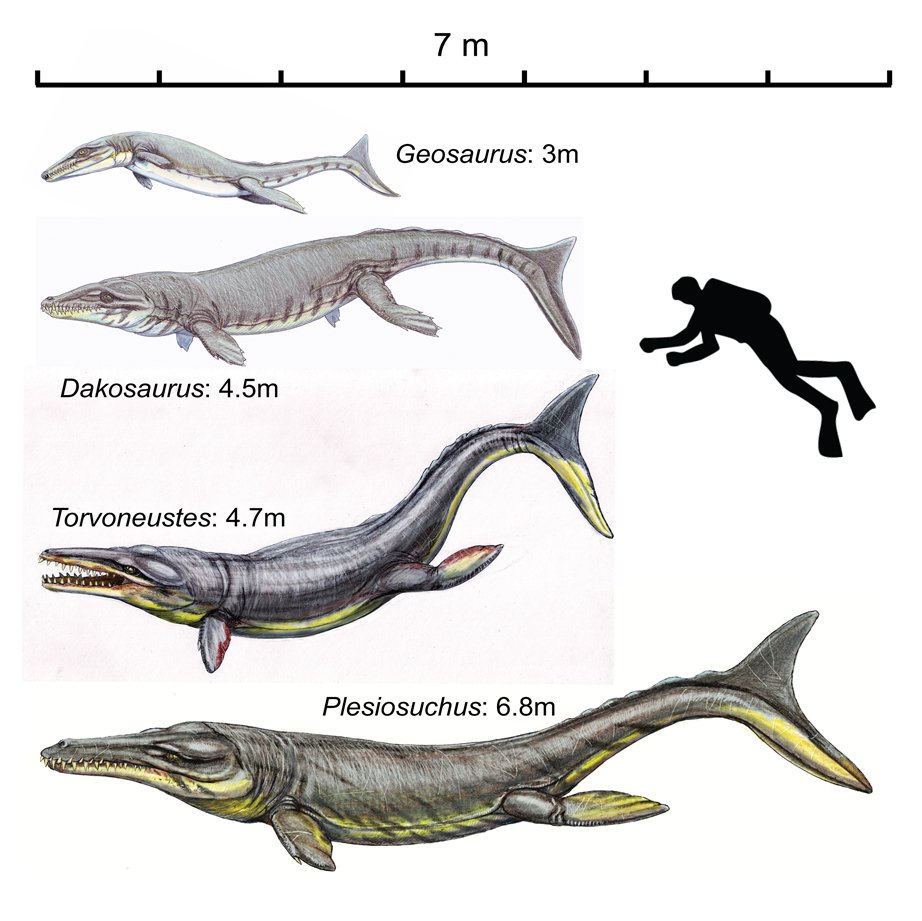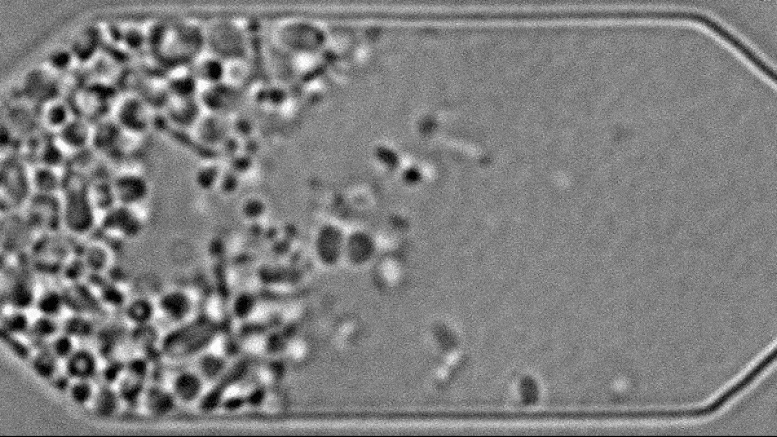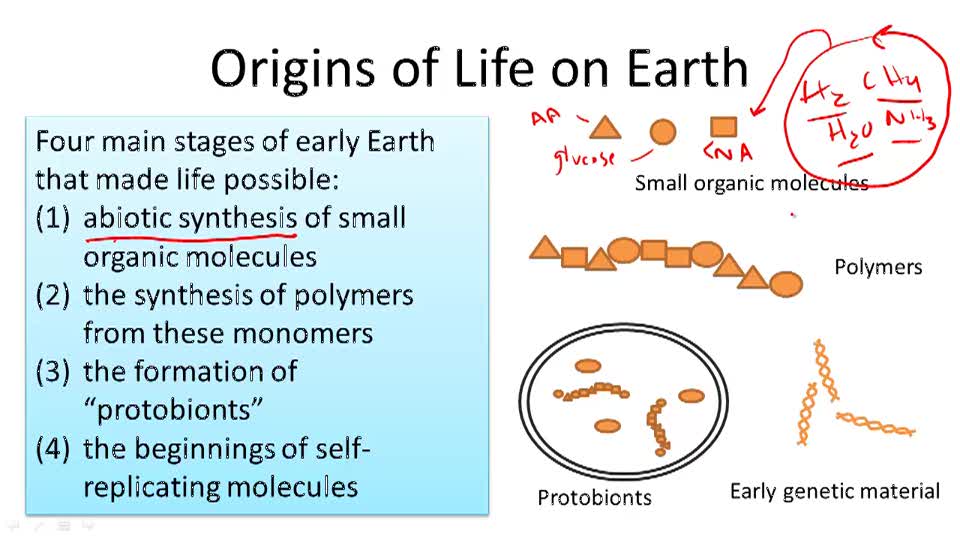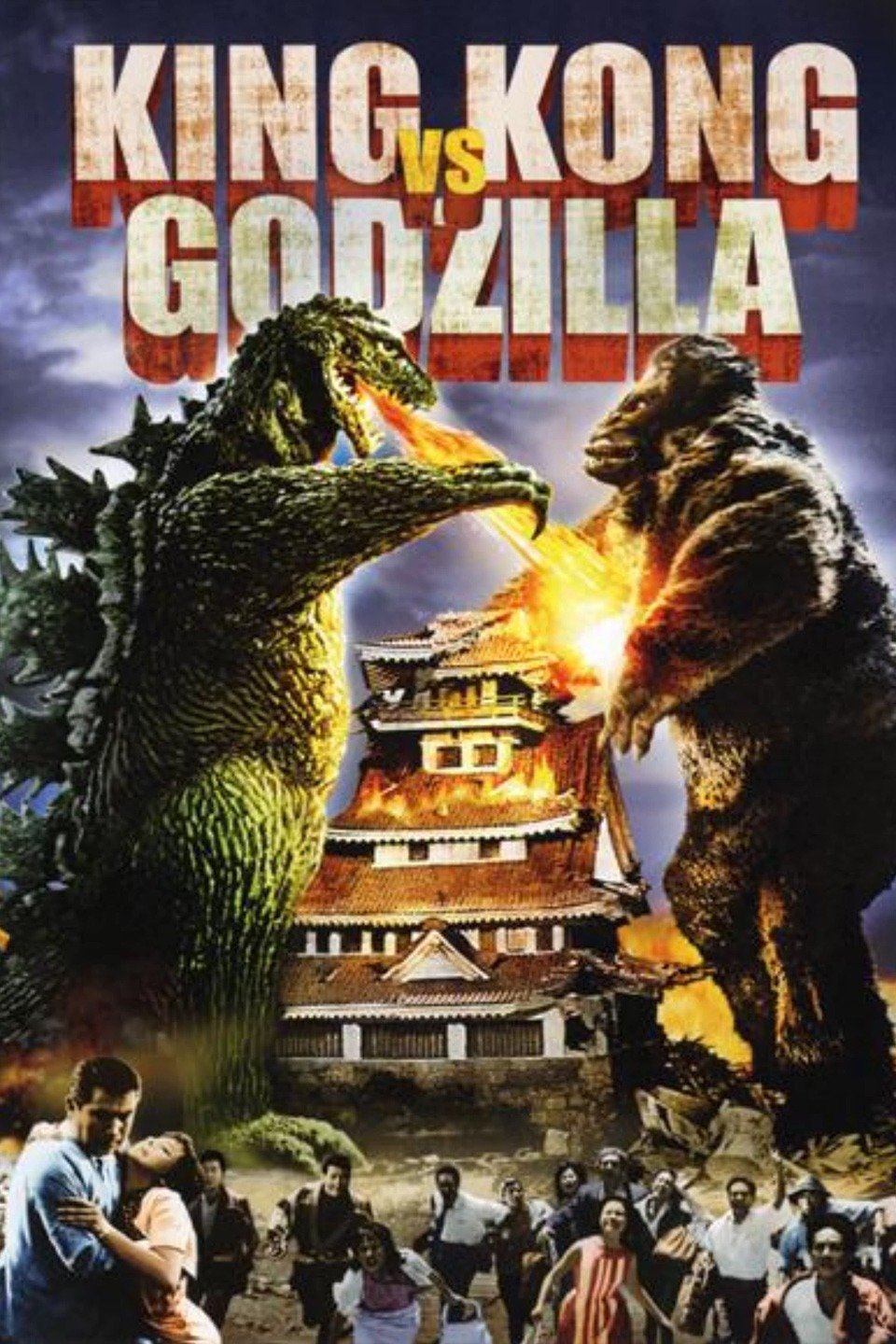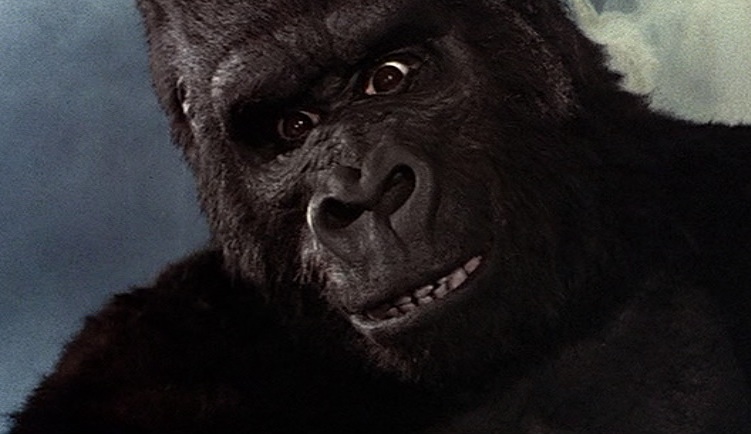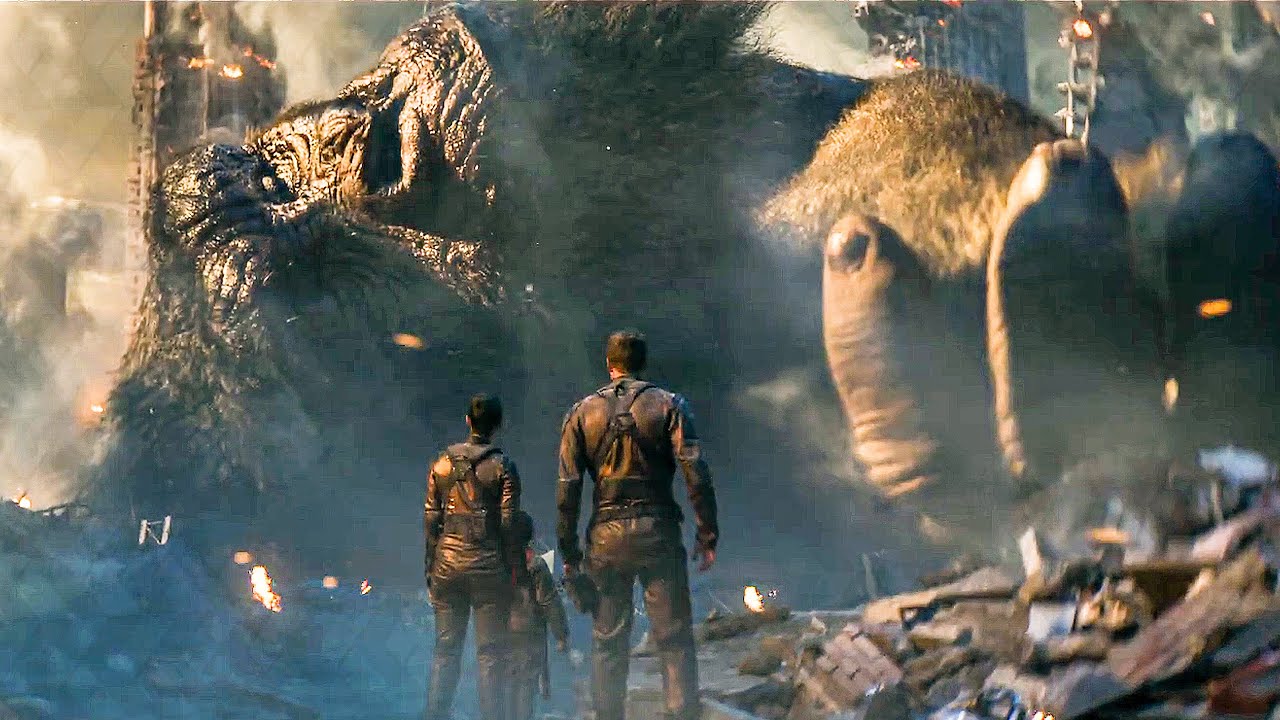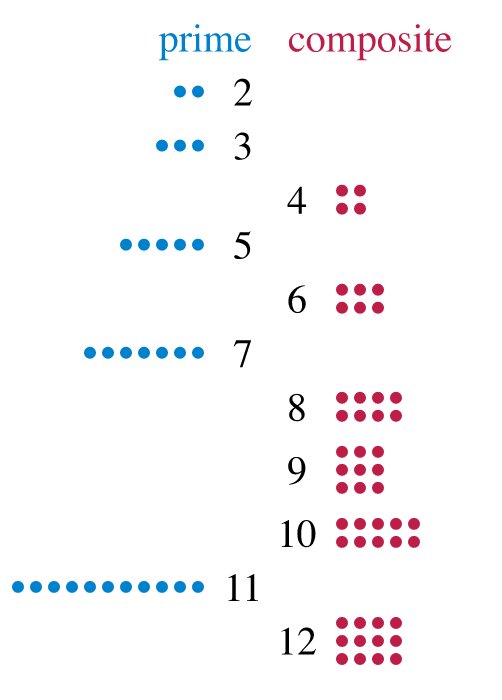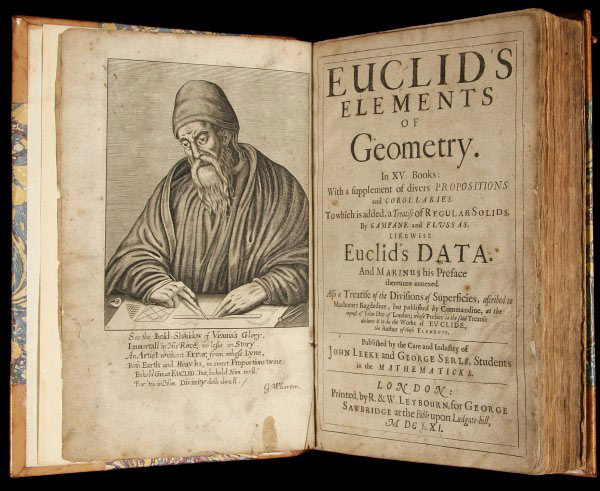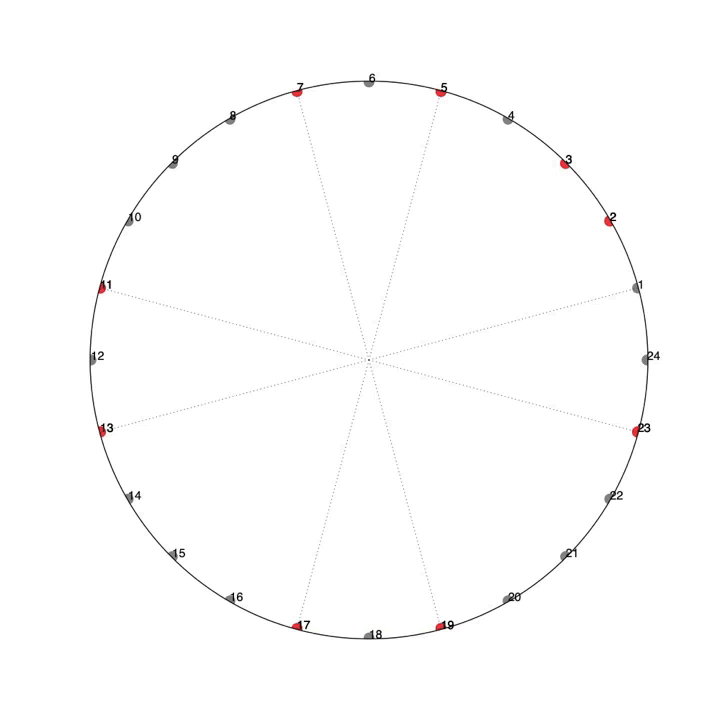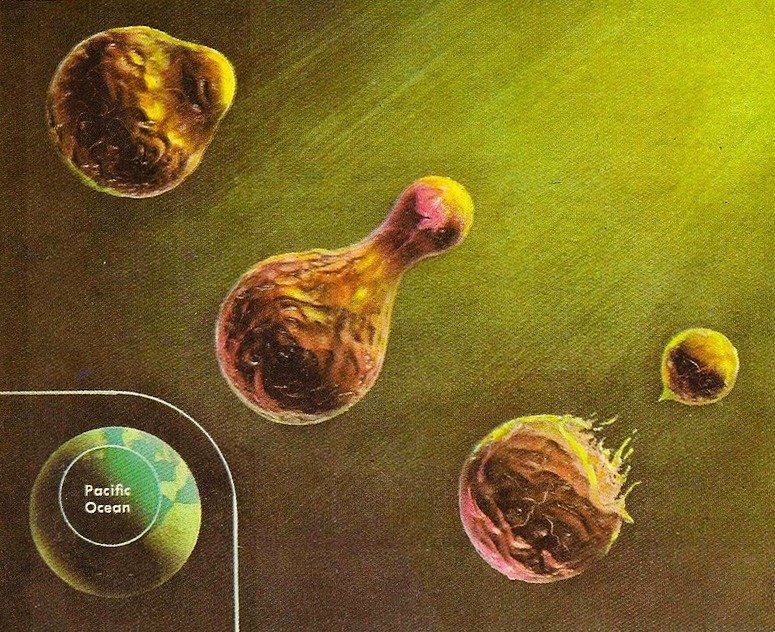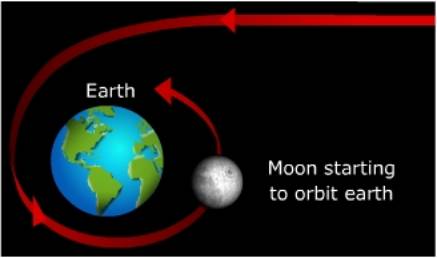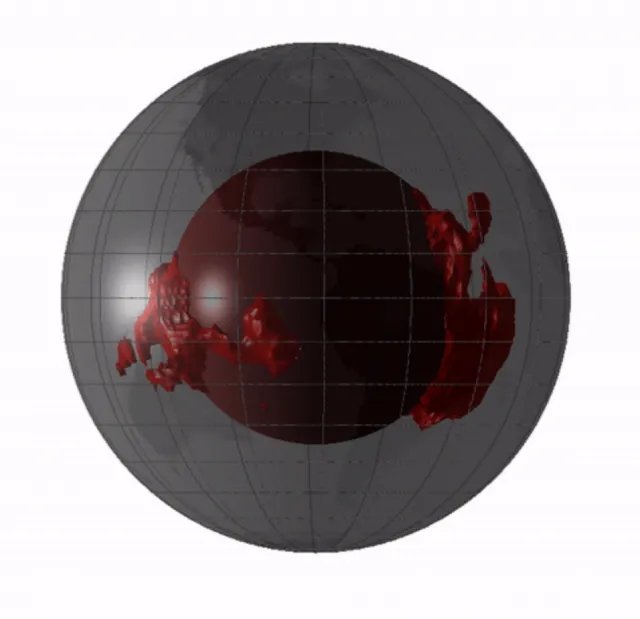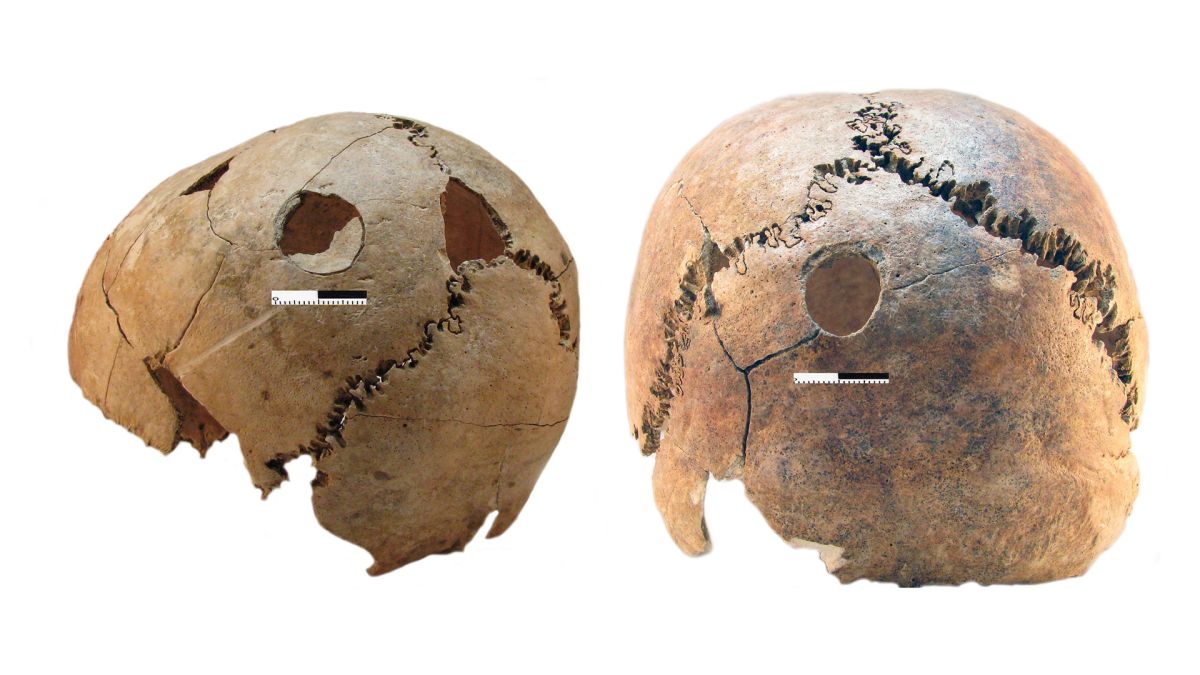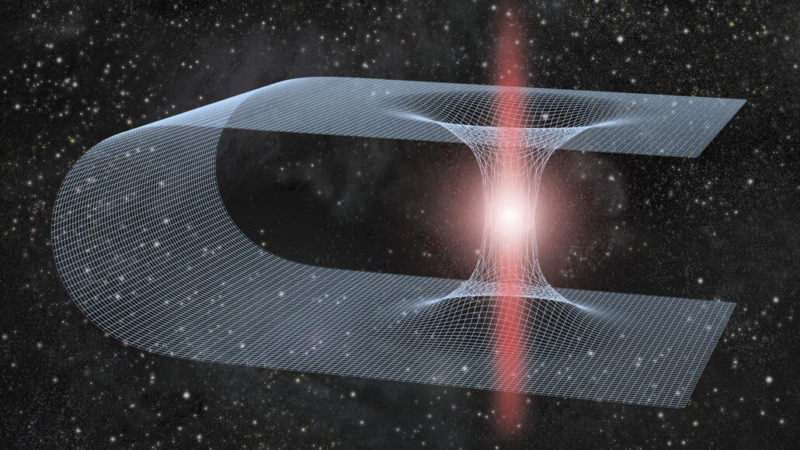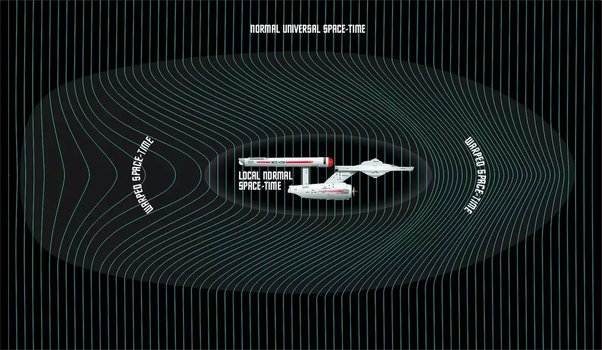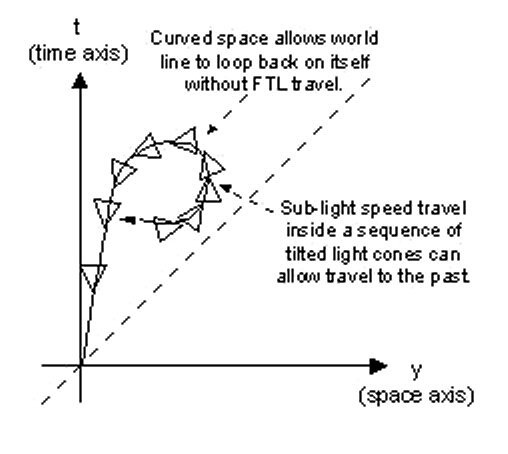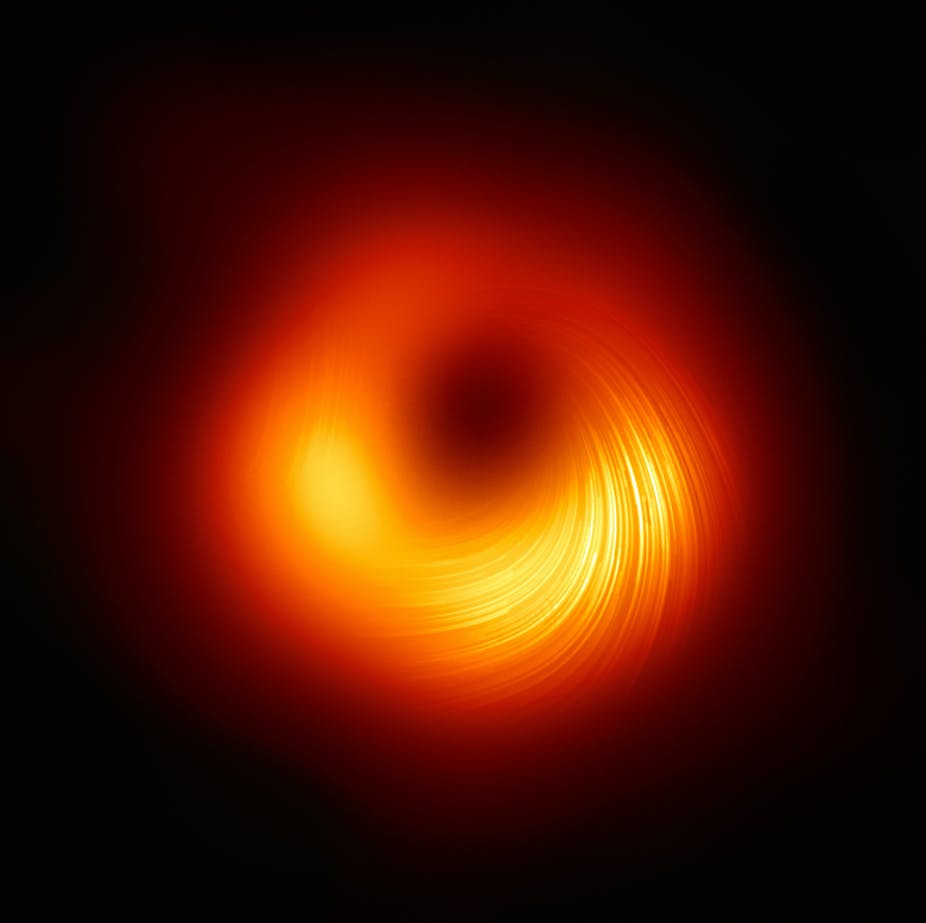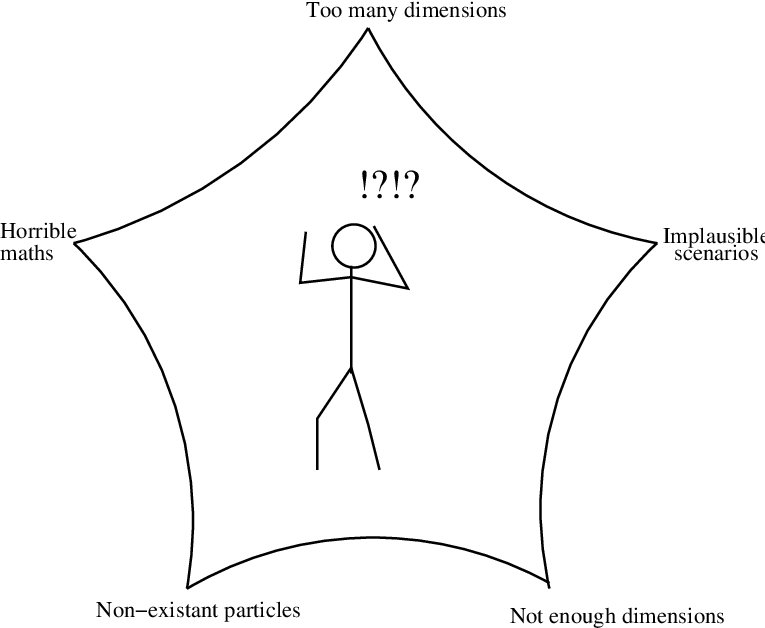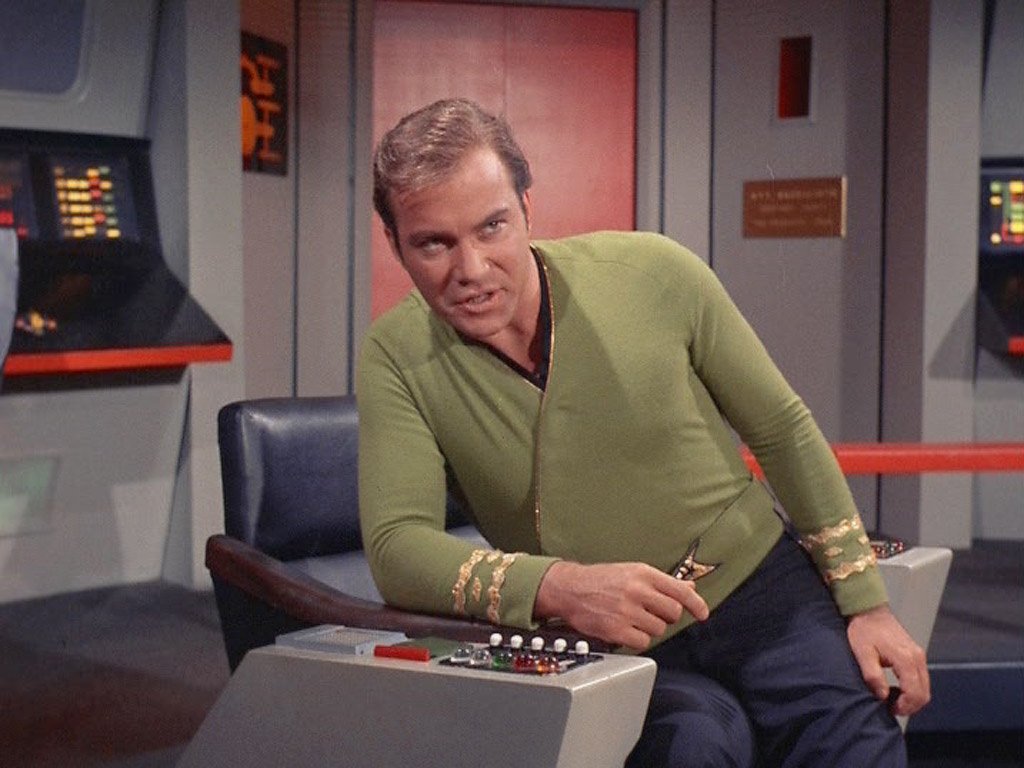As I’m writing this post the number of Covid-19 vaccines that have been administered is here in the United States is 218,947,643. President Biden’s initial pledge of 100 million shots in his first 100 days in office has been more than doubled and even his updated pledge of 200 million in 100 days is a safe bet to be exceeded by more than 10%.

27.1% of all Americans have now been fully immunized while more than 50% have had at least their first shot. Over the last month an average of about 3 million people per day have received a shot and all Americans over the age of 16 have now been declared eligible to receive their shots. (All of these statistics are courtesy of the Center for Disease Control CDC.)

All of that means that we are reaching a critical turning point in our war against a disease that in only a single year has killed more Americans than any of our wars except the civil war. 570,611 Americans have lost their lives to Covid-19 and 31,950,831, nearly one tenth of our country’s population have been sickened according the Johns Hopkins University Covid-19 resource center.

If we can only continue to vaccinate people at our current pace we will almost certainly reach ‘herd immunity’ within another month or two. Such an achievement will mean that by mid summer the US can begin to really open up. Restaurants, movie theaters, sporting events, all of the industries that have suffered enormously because of the pandemic will be able to resume near normal operations. Our economy, which has recently shown signs that it is ready, even anxious to get back to business will be able to do just that. Simply put we’ll be able to get our lives back.
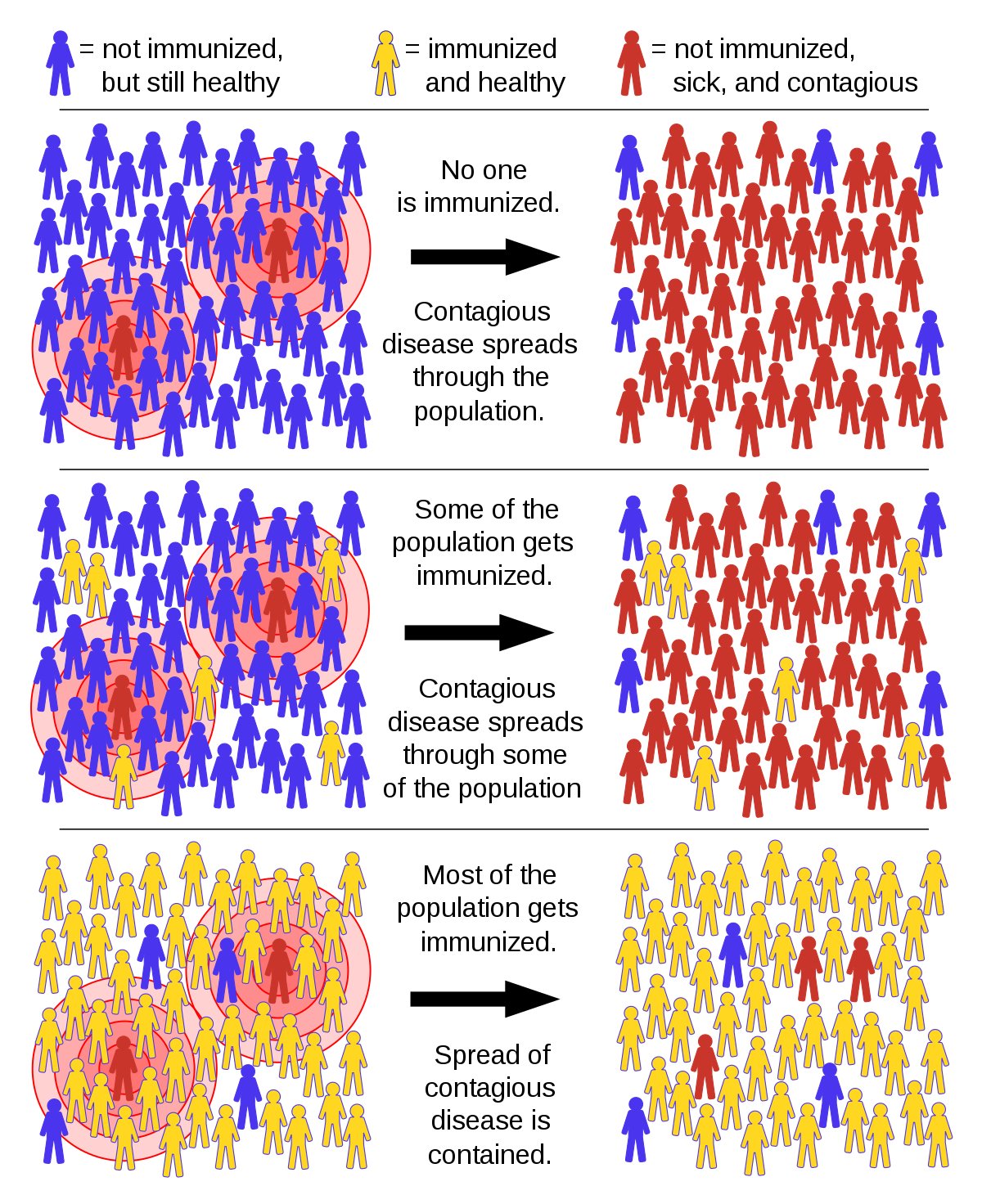
There is a bit of bad news mixed in with the good. There have been cases identified of people who have received their vaccinations and nevertheless later tested positive for covid. That’s actually to be expected, during testing that efficacy of the Pfizer and Moderna vaccines were measured at 95%, which is really good, but still means that 5% of those vaccinated could still get the disease. Even so to date no one who has come down with covid after being vaccinated has become seriously ill or required hospitalization. In other words the vaccines not only do a great job at preventing covid, they virtually eliminate serious cases of the disease.
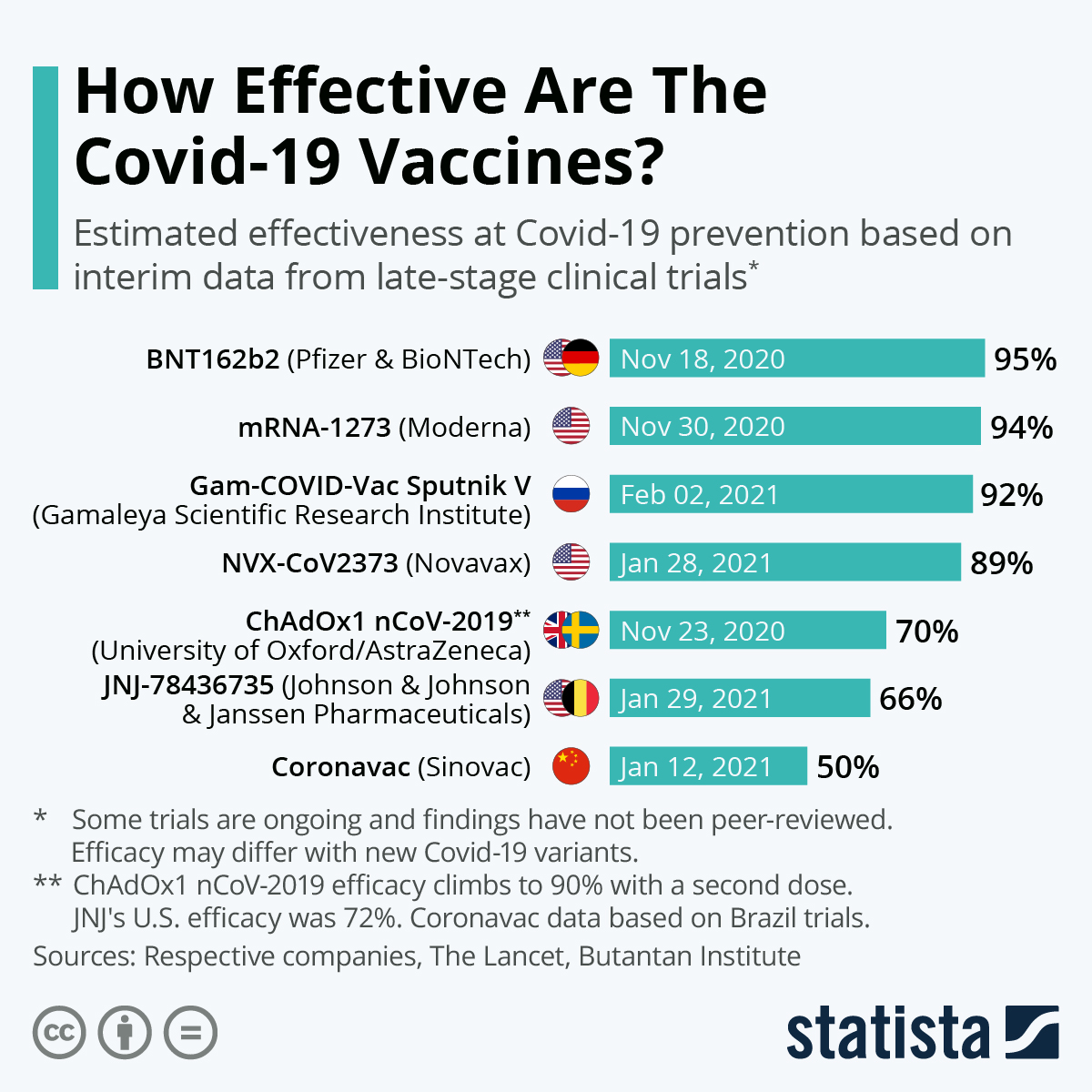
Of course the worst news are those cases of blood clots that have developed in a few people who have received the Johnson and Johnson vaccine. The latest information is that 15 people, all women to my knowledge, have shown symptoms of serious blood clotting after receiving the J&J vaccine and one death has occurred. That number of cases is out of the over 8 million people who have received the single shot J&J vaccine so obviously the incidence of blood clots is very rare. Nevertheless the situation was serious enough that the Food and Drug Administration ordered a pause in the administration of the J&J vaccine while the incidents were investigated. After eleven days of data collecting and analysis of the data both the FDA and CDC decided that the benefits of the vaccine far outweighed the potential risks and lifted the pause while adding a warning to women under 50 informing them of the risk of blood clots.

After all consider the odds. Out of about 330 million people living in the US more than 31 million have now gotten covid, that’s nearly a 10% chance of getting the disease and more than half a million have died, a 0.17% chance. On the other hand your chance of getting a serious blood clot from the J&J vaccine is .000188% far, far less likely than the risk due to covid. In fact right now about 700 Americans are still dying every day because of covid while only 15 people have gotten sick because of the J&J vaccine. And remember no deaths thus far have been linked to the Pfizer and Moderna vaccines.
So it’s difficult to understand why so many people are still hesitant about getting vaccinated. In fact current polling data suggest that approximately 17% of Americans only plan on getting vaccinated if it’s required while a further 8% refuse to get vaccinated under any circumstances. These numbers are so large that they could pose a risk to the effort to achieve herd immunity.
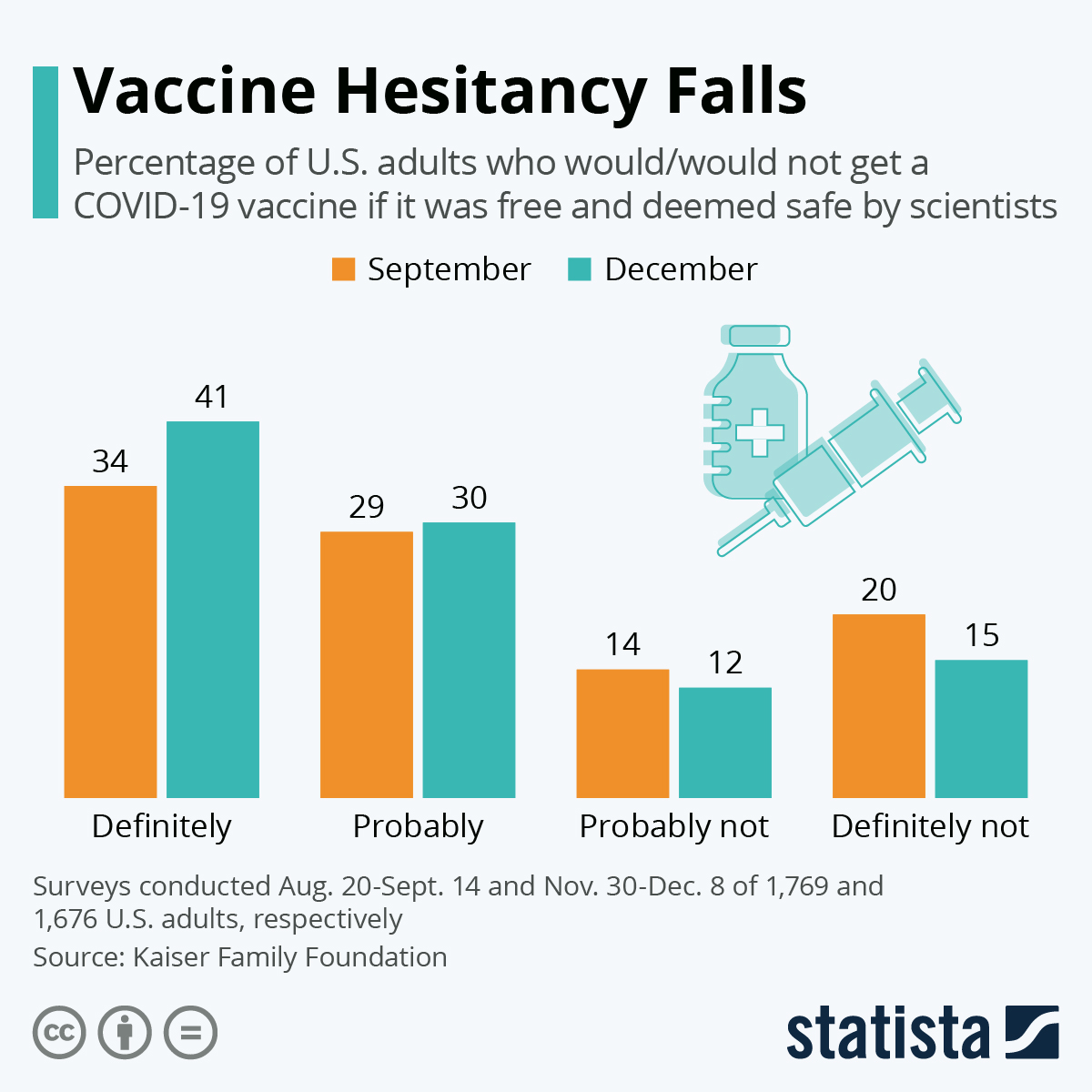
Now there have always been people whose fear of having substances they don’t understand directly injected into their bodies makes them resolute ‘antivaxxers’. Then you can add those people who devoutly believe that faith in god is the only healthcare system they need. Finally in our nation’s current political climate we have many people whose distrust of authority has led them to proclaim ‘their right as Americans to not get vaccinated’. As if the freedom to ignore the deaths of a half million of their fellow citizens is somehow enshrined in the Constitution.

Remember, covid is a virus; it is incapable of understanding ‘liberty’ in any sense of the word. It is neither a democrat nor republican, neither a liberal nor conservative. It is just going to try to infect you and maybe kill you, that’s all it knows how to do! Face facts, you can’t fight a virus with an assault rifle, nor is this just a left wing plot to destroy conservative American culture. Covid is a disease that is presently out of control and vaccines are our best weapon against it!

I’m not going to try to argue with those who will never listen. All I can do is to relate my own medical history as testimony. My parents had our whole family inoculated against polio as soon as the vaccines became available. When I joined the US Navy I was vaccinated I don’t know how many times. I’ve been vaccinated against tetanus, shingles, etc, etc, and I get a flu shot every year. None, I repeat none of those vaccines, including the Pfizer covid vaccine I just received my second dose of, have ever done me the slightest harm.
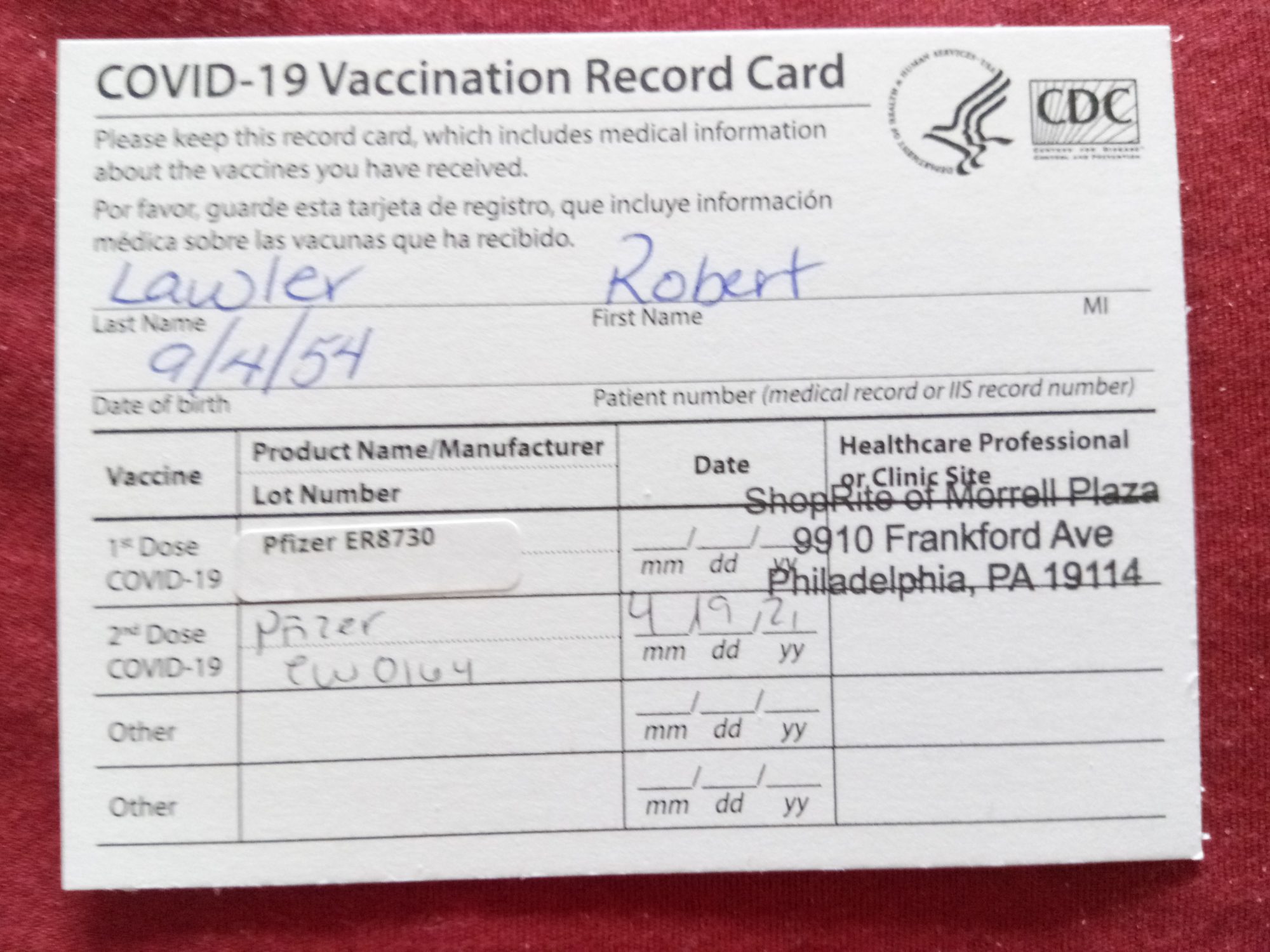
In fact since the vaccines against Measles, Mumps and Rubella weren’t developed until after I had all those diseases Mumps left me with permanent deafness in my right ear! What I wouldn’t give to have been able to take the MMR vaccine, which you’ll recall is falsely alleged to cause autism, and still have my hearing! So if you’re thinking about getting vaccinated but are hesitant please think of the risks. Over a half a million Americans have died because of covid and maybe one person has died because of a vaccine. Repeat that simple fact about ten times AND GO GET VACCINATED!!!


